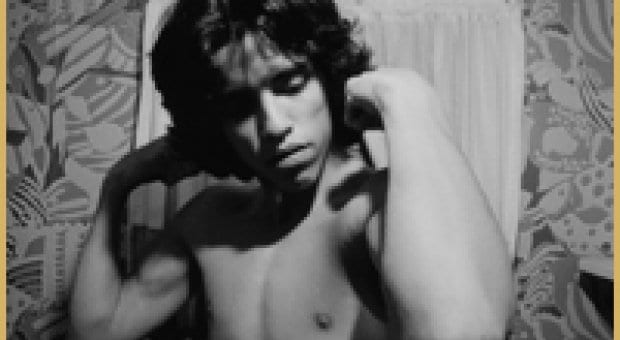Remember New Queer Cinema?
While it was touted as a revolutionary queerification of cinema, NQC turned out to have a brief shelf life and to be less an influential fact than optimistic hype.
Even so, it did manage to introduce a quartet of directors —the movement’s intellectual, Todd Haynes (Poison), its enfants terribles, Bruce La Bruce (No Skin Off My Ass) and Gregg Araki (The Living End), and its poet of the street, Gus Van Sant (Mala Noche) —whose early features and mid-career output remain politically provocative and aesthetically edgy.
With a midget budget ($25,000) and narrow-scope distribution (by the director himself), it’s not surprising that Van Sant’s debut feature, 1985’s Mala Noche is barely known —simply because it rarely appeared anywhere on screen.
The remastered print showing at the Cinematheque is particularly welcome, then. For a majority of viewers it’ll be the first Canadian appearance of a long out-of-circulation film by an admired director.
Boasting an artful composition that references glossy film noir (A Touch of Evil comes to mind) and the surreal (Eraserhead) and anticipates grunge as well as Bruce Weber’s photographs for Calvin Klein, Mala Noche is, above all, an experience about looking.
Van Sant’s strangely poetic vision of ill-fated and one-sided love in derelict Portland has its true attention focused on the textures and atmosphere of decay, whether it’s a rooming house, a run-down retail strip or a dirty alley.
So, although Mala Noche tells a story —of a skid row liquor store clerk’s infatuation with a vagrant named Johnny, a homophobic, sulky and thuggish teenaged illegal immigrant from Mexico —viewers expecting a character study or an in-depth meditation about obsessive love or a detailed analysis of a lopsided relationship will be disappointed.
Foregrounding unexpected camera angles, slapdash and purposefully erratic editing, meandering and disjointed storytelling and an impressionistic and sympathetic portrayal of the habitués of down and out, Mala Noche becomes, instead, a darkly sensual experience, a kind of impressive art school grad project. One full of ideas and techniques that Van Sant has continued to rely on, from My Own Private Idaho through to Elephant and Last Days.

 Why you can trust Xtra
Why you can trust Xtra


